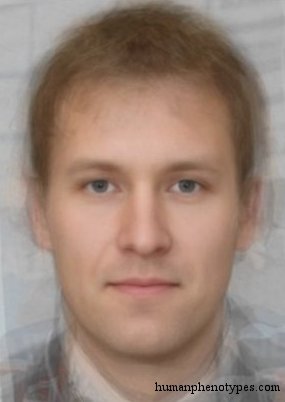Description:
East Nordid subvariety, common in coastal regions of Baltic countries. One of the last strongholds of East Nordids that are only a minority type in most of their distribution today. Played a role in the formation of Tavastid and Trønder. Purest in Western Finns and West Estonians, also Latvians, Lithuanians, Russians, Poles, Belarusians, and in Sweden, where it has a Hälsingland subvariety.Physical Traits:
Pale skin, straight, usually blonde hair with blue or grey eyes. Tall, mesoskelic, rarely brachyskelic, mesomorph. Mesocephalic, mildly hypsicranic with a higher and larger skull than Hallstatt Nordid. The face and head appear a little wider, noses tend to be long, high, prominent, straight, and hyperleptorrhine, forehead high, chin sturdy. Overall marked features.Literature:
Named and defined by Lundman (1943, 1946b). The Estonian West Baltic complex of East European authors (Vitov et al, 1959; Aul, 1964; Heapost and Viikmaa, 1999; Heapost, 2000) is very similar. Others (Eickstedt, 1934; Biasutti, 1967) included it in Nordid proper.






